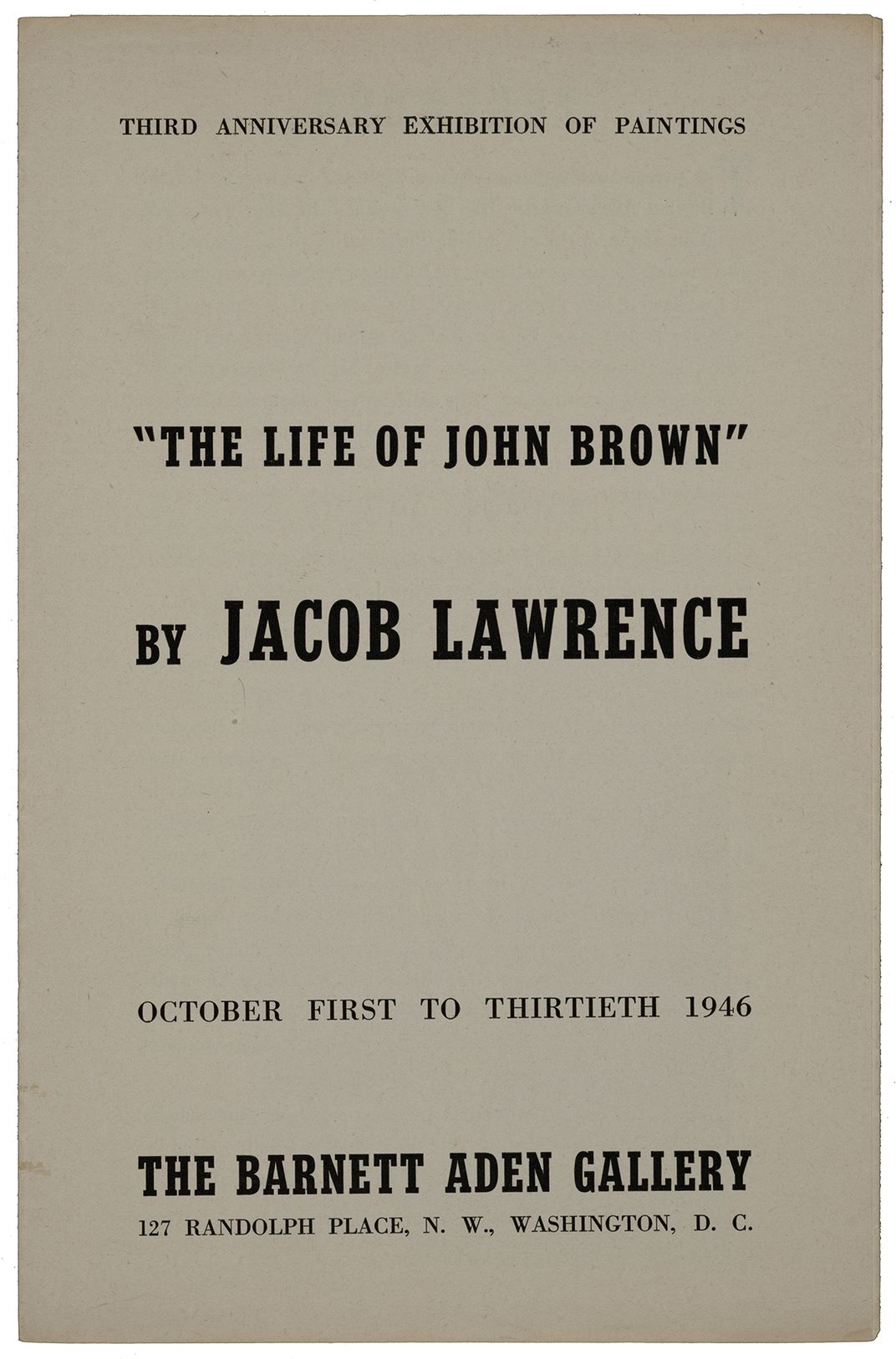How Painter Alma Thomas Brought African American History to D.C. Public Schools
/https://tf-cmsv2-smithsonianmag-media.s3.amazonaws.com/blogging/featured/AAA_thomalma_9395_siv.jpg)
Painter Alma Thomas is perhaps best known for her participation in the Washington Color School. Yet, for generations of African American families in Washington, D.C., she was better known as Miss Thomas, the art teacher at Shaw Junior High School where she taught between 1924 and 1960. During her tenure, she deliberately incorporated African American history into her pedagogy. In 1937, one of her colleagues, Ophelia D. Wells, an English teacher at Washington’s Armstrong High School, approvingly described Thomas’ curriculum in an essay for the Journal of National Association of College Women. Wells commented, “Through a series of lectures, slides, and pictures, the child is taught the history of art with emphasis on the history of American art and the art of the American Negro.”
Alma Thomas, like many of her contemporaries, marked Negro History Week every February. Historian Carter G. Woodson first established Negro History Week in 1926 to foster greater knowledge and appreciation of African American contributions to American life and thought. To build support for the annual event, Woodson circulated literature, bibliographies, and other related materials among African American institutions such as women’s clubs, schools, newspapers, and magazines both in D.C. and across the United States.

Alma Thomas developed annual programs in conjunction with Woodson’s campaign at her school in Northwest Washington, D.C. In so doing, she inculcated the notion that visual culture was an important key to understanding history and memory. To cultivate her pupils’ appreciation for art, she insisted that the boys and girls both produce and study art firsthand. Her students displayed their work in the school’s corridors, classrooms, and gallery. And, she organized exhibitions of Shaw student work at Howard University’s Gallery of Art. Thomas also invited leading and local African American artists and architects to present their work in exhibitions and lectures in observance of Negro History Week. She encouraged students to explore the city’s cultural institutions by taking Shaw’s boys and girls on field trips to the public library, the Library of Congress, the Capitol, the Smithsonian, the Freer Art Gallery, and the Duncan Phillip Memorial Galleries. She likely also took her students to the African American-owned Barnett Aden Gallery where Thomas both served as Vice-President of the Board and exhibited her own work.
Upon her retirement in 1960, Assistant Superintendent of Junior High Schools John S. Koontz congratulated Thomas and thanked her for her more than thirty-five years of service. He noted, “Your work in Art has helped provide a sense of appreciation for the finer things of life at a time when we are prone to over emphasize harsh realities. Your interest in children, your personal magnetism, and your training, all combine to make you a most effective teacher.”
This post originally appeared on the Archives of American Art Blog.
